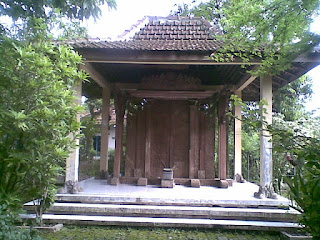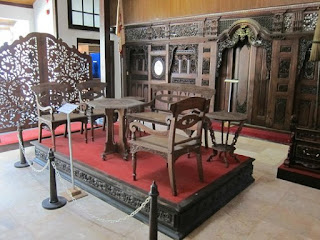MOJOPAHIT GATE, Pati's Tourism

MOJOPAHIT GATE Next we will discuss Pati tour which has a very high value sebarh Majapahit Gate. So named because this door is a relic of the Majapahit Kingdom. Majapahit Gate is shaped door of the teak which is then given a shade like a gate. The shape is very simple but this door has a high historical value. How the story of why this Majapahit gate can be located in Pati Regency? According to the story, the door was brought by Raden Bambang Kebo Nyabrang from Trowulan directly which is the center of Majapahit government at that time. Raden Bambang Kebo Nyabrang does this to be recognized by Sunan Muria as his biological child. Before reaching Muria, precisely in Pati, Raden Bambang Kebo Nyabrang intercepted by Raden Ronggo who also wants this Majapahit Door as a condition to marry Roro Pujiwati. Raden Ronggo is a student of SUnan Ngerang where Sunan Ngerang is also Guru Sunan Muria. Both then fought all out, even for 35 days. The new battle stops after the tw







